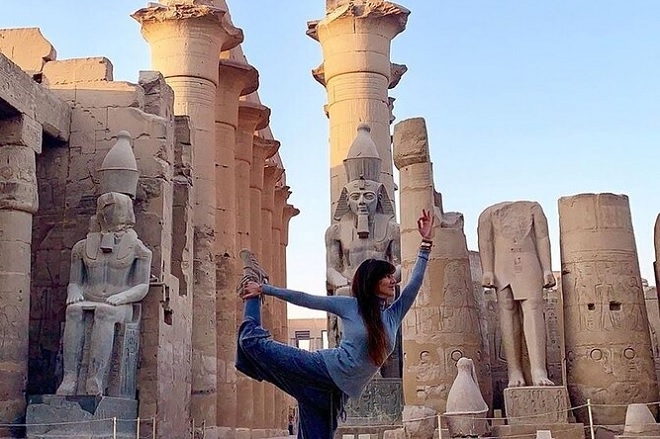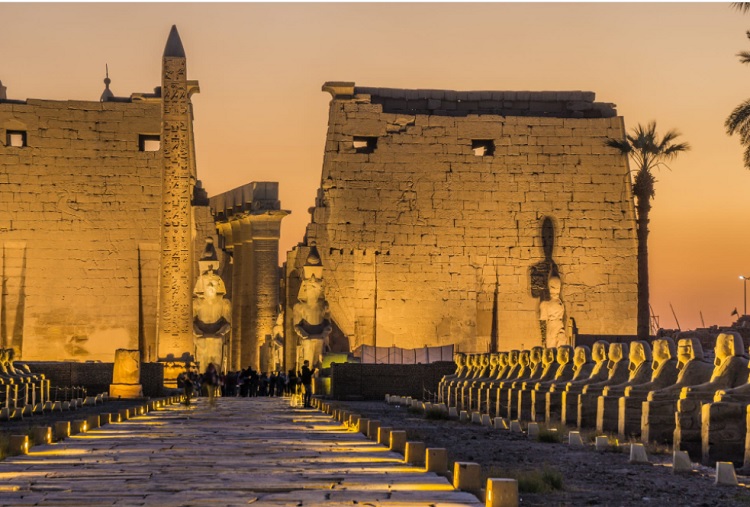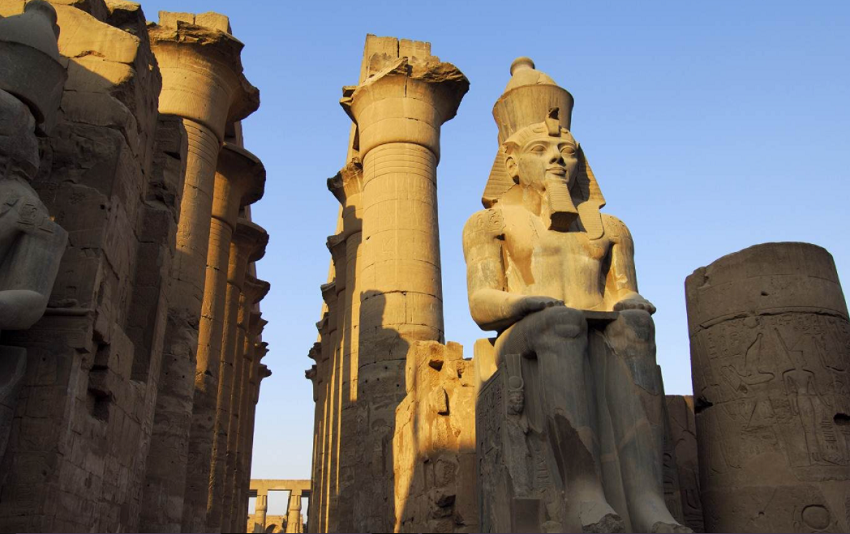
Luxor temple
Get a unique vacation in luxor and visit the main attractions in the city with Plan Egypt Tours.
Luxor would make you hold your breath. It is an awesome Luxor tour which is full of adventures. History, civilization and warm feelings are there.
The modern town of Luxor is the site of the famous city of Thebes (Wiest, in ancient Egyptian), the City of a Hundred Gates. It was the capital of Egypt from the twelfth dynasty on (1991 BC) and reached its zenith during the New Kingdom.

Luxor Temple is the most stunning temple in Egypt, It is strongly believed by historians that before the New Kingdom Period, The temple was consecrated to Amun in his form as a fertility god and was used during the annual Open Festival of royal renewal.
Luxor Temple located on the east bank of the River Nile in Luxor (or Teba as it was called in the past), it was known as the southern shrine, Luxor Temple famous with its soaring columns, chapels, The primary structure was built during the reigns of Amenhotep III and Ramesses II, (the outer part) but most structures and monuments of the ancient world, it was added to and developed by later rulers.
Luxor Egypt, to the rear of the temple is chapels built by Amenhotep III of the 18th Dynasty, and Alexander. Other parts of the temple were built by Tutankhamun and Ramesses II. During the Roman era, the temple and its surroundings were a legionary fortress and the home of the Roman government in the area. During the Roman period a chapel inside the Luxor Temple originally dedicated to the goddess Mut was transformed into a Tetrarchy cult chapel and later into a church.

Luxor, take you to several historical sites with several tours. Here are some of Luxor short tours; Luxor Nile Cruise Tours, Karnak and Luxor Temples Tours in Luxor, West Bank Tours in Luxor, Trip to the East and West Bank of the Nile, Edfu and Kom Ombo Temples Tours from Luxor, Dendera and abydos Temples Tours from Luxor, Quad Bike Safari Tours in Luxor and more.
luxor egypt,The original part of the Temple of Luxor consisted of a large peristyle court and a complex of halls and chambers beyond. In one hall is a granite shrine of Alexander the Great. The great peristyle forecourt is surrounded on three sides by a double row of graceful papyrus-cluster columns, their capitals imitating the umbels of the papyrus plant in bud. An entrance flanked by the towers of a pylon was planned for the north end, but this design was altered, and, instead, the most striking feature of the temple, a majestic colonnade of 14 pillars, 52 feet (16 metres) high, was added. This colonnade, which also has papyrus-umbel capitals, may have been intended for the central nave of a hypostyle hall similar to that at Karnak, but the side aisles were not built; instead, enclosing walls were built down either side. Ramses II added an outer court, decorated with colossal statues of himself between the pillars of a double colonnade, and a lofty pylon on which he depicted festival scenes and episodes from his wars in Syria. In front of the pylon were colossal statues of the pharaoh (some of which remain) and a pair of obelisks, one of which still stands; the other was removed in 1831 and reerected in the Place de la Concorde in Paris.
Mobile : +2010014222529
+201033358596
E-mail : [email protected]
Web site: www.planegypttours.com


